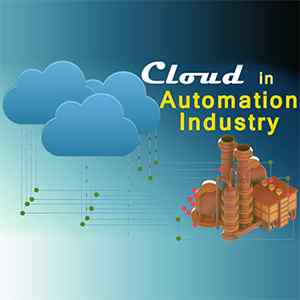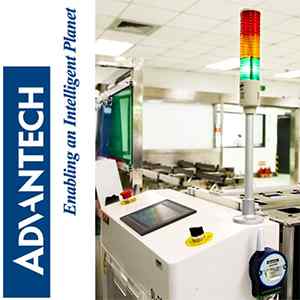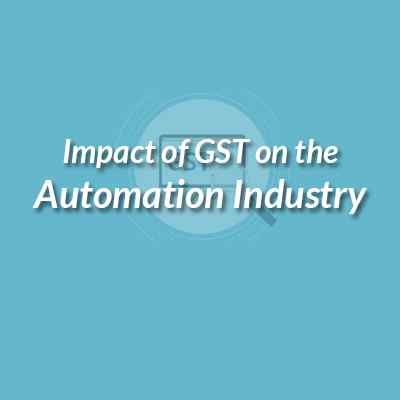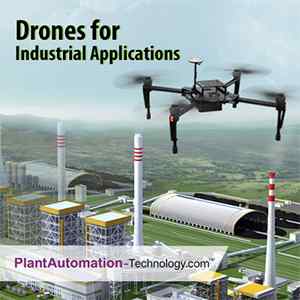What can cloud in industrial automation achieve?

Embedded devices are becoming increasingly interconnected to enterprises and have become the most least expensive methods to implement. Cloud architecture in automation can be a trend to stay for long, says leading experts.
So what does it mean in the context of industrial automation?
Embedded systems are increasingly being connected to networks in large and mid size enterprises and this is the most cost-effective way of implementing better methods that provide results quickly than usual. In the domain of industrial automation, the usual targets for imbibing cloud computing are manufacturing executing systems (MES) and production planning systems(PPS). There are no requirements for other discrete servers in an industrial set up where there are only few machines or especially manufacturing processes that can be operated much more efficiently when cloud is incorporated in them.
In the field of industrial automation, the incorporation of cloud services has already begun changing the way things work- for instance the architecture of IT structures are being affected as move from a fixed client server architecture to a more distributed architecture with local as well as global intelligence is constituted.
This is also impacting machine-to-machine(M2M) communication while using embedded cloud. Data and location of intelligence- these paradigms seem to change for the better, as it looks, with the introduction of cloud.
Now, the usual questions that arise are the benefits. Why would manufacturers want to involve cloud based embedded systems in their assemblies and processes?
It is forecasted by experts that the future of cloud networks and embedded systems will be interlinked in the forthcoming days. There will be a marked rise in efficiency, mobility, business productivity and capability because of cloud computing. Costs will be lower and quality standards will be higher because cloud will enable an entire mechanism to perform along its functionalities rather than just being a “box”. The vital transition is expected to be the jump from the isolated embedded world to the new enterprise with the usage of cloud. This will involve better decision-making and also be cost efficient.
Cloud computing in MES and PPS is already a hard core application in industrial automation. Every machine parameter needs to be properly considered, analysed post collection. This will help in taking crucial decisions at the blink of an eye.
How will the entire development process change with the inclusion of cloud computing?
The entire development process remains unchanged but the actual architecture changes.There are however several important points to remember:
- Data is not local today, in a strict sense. The quality of this specific data will be having its impact on the entire process.
- The data must be made available beyond static tag mapping.
- Data security is crucial to keep process disruption away.
- There needs to be a scale from discrete services to intelligent systems that will allow for the workload consolidation
- Industrial automation is critical and hence security is the foremost consideration for the smooth running of this entire process.
So what should developers keep in mind while trying to integrate cloud services?
- Usage of open communication systems and standards
- Need to eliminate complex architecture
- Essential to make sure that architecture provides enough separation to scale into cloud.
(If a real-time communication stack has a compile-time dependency with the soft PLC and the HMI, then scaling to an intelligent system or cloud architecture will be very difficult.)
Owing to all its benefits cloud has been a much talked about feature in industrial automation.
Source: embedded.communities.intel.com











